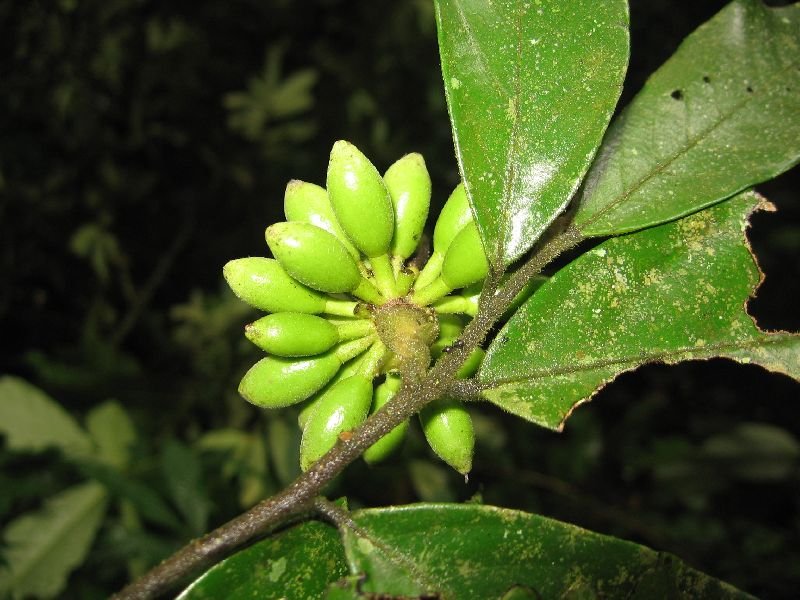NAME: Eremomastax speciosa
FAMILY: Acanthaceae
COMMON NAMES: Red feather, Fireball plant
LOCAL NAMES: N/A
MORPHOLOGICAL DESCRIPTION: Eremomastax speciosa is a perennial herbaceous plant that typically grows to a height of about 1-2 meters. It has an upright and branching stem with opposite pairs of leaves. The leaves are large, ovate, and have a glossy dark green color. The plant produces striking inflorescences with dense clusters of vibrant red or orange tubular flowers. The flowers are arranged in terminal spikes and attract pollinators like bees and butterflies.
USEFUL PART(s): The leaves and roots of Eremomastax speciosa are used for various purposes.
GENERAL USES:
Medicinal Purposes: Eremomastax speciosa has a long history of use in traditional medicine. The leaves and roots are often used to prepare decoctions, infusions, or poultices to treat various ailments. It is believed to have anti-inflammatory, analgesic, and antimicrobial properties and is used to alleviate conditions such as fever, malaria, gastrointestinal disorders, and skin infections.
Ornamental Plant: The vibrant flowers and glossy foliage of Eremomastax speciosa make it a popular choice as an ornamental plant in gardens and landscapes. It adds color and visual interest, especially when planted in mass or as a focal point in flower beds or borders.
GEOGRAPHIC DISTRIBUTION: Eremomastax speciosa is native to tropical regions of West and Central Africa. It can be found in countries such as Nigeria, Cameroon, Ghana, and Congo.
WHY IS IT GREEN? Eremomastax speciosa, like other plants, appears green due to the presence of chlorophyll in its leaves. Chlorophyll is a pigment that captures sunlight during photosynthesis, the process by which plants convert light energy into chemical energy. Chlorophyll absorbs red and blue wavelengths of light while reflecting green light, giving plants their characteristic green color.
ENVIRONMENTAL IMPACT: Eremomastax speciosa has positive environmental impacts as it provides habitat and food for various pollinators, contributing to the biodiversity and ecological balance of its native habitats. Additionally, its dense foliage can help protect the soil, prevent erosion, and provide shade for smaller understory plants.
FUN FACT: Eremomastax speciosa is sometimes referred to as the "Fireball plant" due to its vibrant red or orange flowers that resemble fiery balls. The intense color of the flowers adds a striking visual element to gardens and attracts attention from both humans and pollinators.
Further Reading:
"Medicinal Properties and Phytochemistry of the Genus Eremomastax (Acanthaceae)." By O. G. Afolayan and others.
"Evaluation of the Anti-Inflammatory and Analgesic Activities of Eremomastax speciosa (Hochst.) Cufod. Leaves Aqueous Extract in Wistar Rats." By R. Ndjateu Fossi and others.
"Ethnobotanical Survey and Comparative Analysis of Plants Used for Febrile Illnesses in Ngaoundéré (Adamawa Region, Cameroon)." By J. Djouossi and others.























